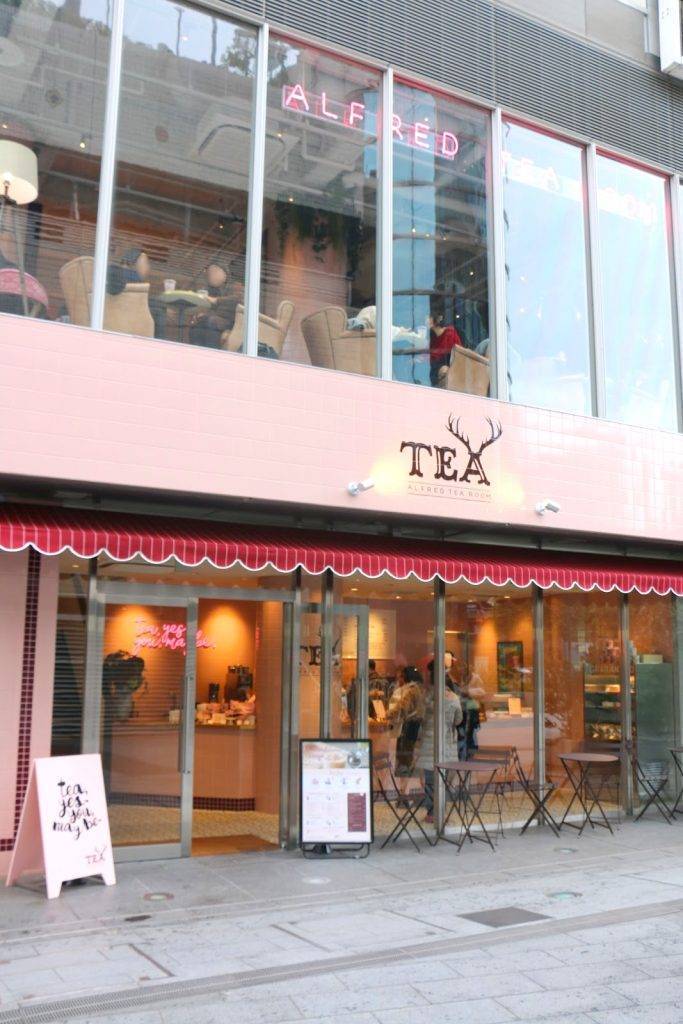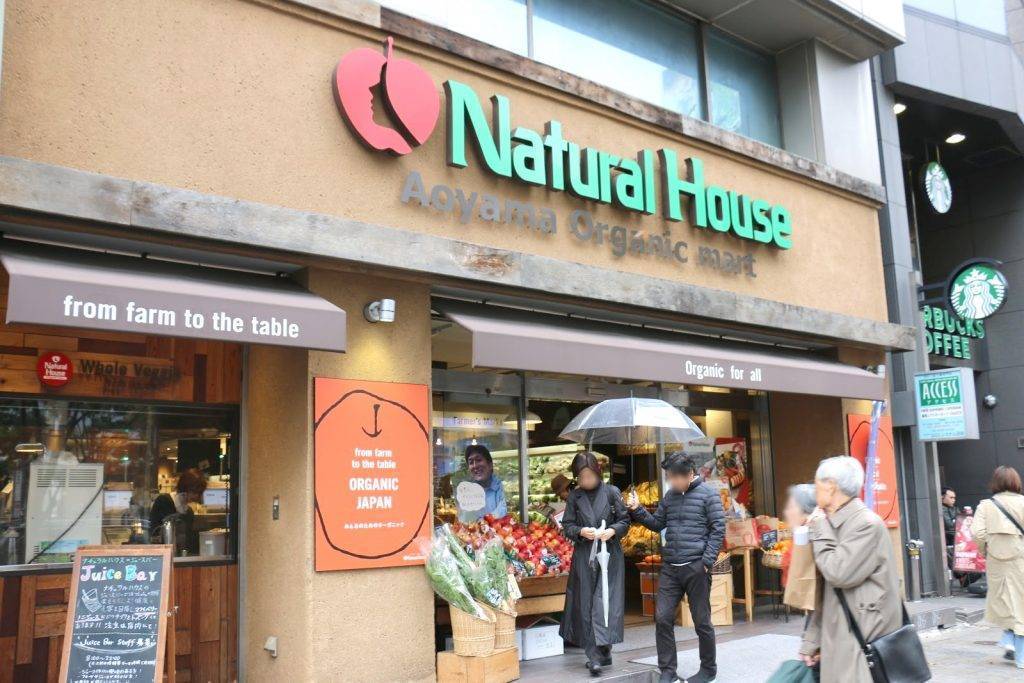Primarily famous for the Shibuya scramble crossing where every tourist must visit for those Instagram moments and the story of a loyal dog statue (Hachiko), Shibuya has much more to offer than just pop culture sightings.
 The special ward, similar to a borough, covers an extremely large area and requires a number of featured articles to be able to cover all that it has to available to tourists and expats alike. Therefore, the easiest way to get your head around the area of Shibuya is to break it up into four sections.
The special ward, similar to a borough, covers an extremely large area and requires a number of featured articles to be able to cover all that it has to available to tourists and expats alike. Therefore, the easiest way to get your head around the area of Shibuya is to break it up into four sections.
This article focuses on the northeast triangle that extends from Shibuya station to Omotesando in the northeast and over to Harajuku to the northwest before circling back to Shibuya station.
First of all, Shibuya station is an extremely convenient station to be located at, if you don’t mind sharing it with thousands of other people. From any of the many exits, you can access the JR, Tokyu Toyoko, Tokyu Denentoshi and Keio Inokashira lines, as well as the Tokyo Metro’s Hanzomon, Ginza, and Fukutoshin lines. This makes getting around Tokyo very easy.
Although, truth be told, there may be very little need to ride any of the train lines out except for work as everything else you might need for living and entertainment would be right at your front door.
While most of the more residential areas of Shibuya are in the southern blocks of the ward lines toward Daikanyama and Ebisu, the northern sections provide the counterbalance. The residential blocks are quieter areas with nice (some might consider upscale) cafes for a Sunday morning breakfast out and quaint boutique shops for window shopping. You will find less of the grungy and more of the classy in these southeast and southwest sections of the ward.
However, if you want a diverse shopping experience, the northeast area will not disappoint. You can find cheap clothing and shoes shops, healthy cafes and organic shops as well as both high and medium-end stores to meet any basic-to-extravagant retail therapy needs.
Let’s zoom in on the northeast section of the ward.
Coming out of one of the higher numbered exits will take you directly to this section of the ward. Exit 11 will put you into a “typical” neighborhood-y area where you’ll find convenience stores, ramen shops and other cheap eats. As you walk along Aoyama-dori, you will pass a number of lower-priced shops such as Glitter, where the average shoe price is about 3-4,000yen. Near this area is also where you will likely find the everyday supermarkets.

However, if you continue along north on Aoyama-dori toward Omotesando, you will find the atmosphere change and the street-facing establishments becoming more boutiquey. If you go on a weekend morning, you will reach the Farmer’s Market at the United Nations University (UNU) where each week you can get organically grown fruit and vegetables or find new products hitting the Japanese markets or enjoy one of many current “festivals” like the Tokyo Coffee Festival.


Once you’ve got your fill at the market, just a few steps further can take you to small cafes like the Aoyama branch of Alfred’s Tea Room or you can get a haircut at Toni & Guy.

Alternatively, you can keep stretching your legs toward Omotesando and continue along Aoyama-dori. If you are into health food, then stop at The Natural House to find a variety of organic and healthy products from groceries to cosmetics and cleaning supplies.

Of course, along the way you can find fast food chains and the obligatory Starbucks. You may also pass AO building, which is similar to a small American mall that holds a few department stores as well as a Kinokuniya Supermarket, which is better known for carrying the largest variety of English books at other branches.

If you aren’t too exhausted by the time you reach Omotesando station, then you can work your way west (left) toward Harajuku along the Chiyoda underground metro tracks. Just staying on the main road will spin your head between high end brand names and upscale cafes. You can stop in to window shop or appreciate the architecture of Omotesando Hills where more and more medium-end shops are becoming available.

In this area, you can get lost wandering the backstreets where you can find just about anything for a variety of fashion interests. If you head in the direction of Shinjuku, then you can find hip-hop clothes or anime costumes befitting of an expected visit to Harajuku. You can also find a number of Gold’s Gym branches if you are willing to pay expat prices. For the yogis, there are a few studios also available in this area.
Going the other way, you can find more natural and organic brands like Neal’s Yard Remedies/Brown Rice or Puravida. Eventually, take your wandering feet to Cat Street, which started as a mix of teen-trend stores and now has a more westernized outdoorsy vibe with brands like Columbia, Patagonia, etc. You can also stop for coffee or eats at a number of the cafes or restaurants hidden between the shops.



So, if you’re considering a move to Shibuya and your budget affords it, there is no chance that you’ll be bored with the variety that the neighborhoods, which make up the ward, can offer in terms of everyday living and entertaining. Even if you do not live in the ward, you can enjoy full days wandering the streets.





